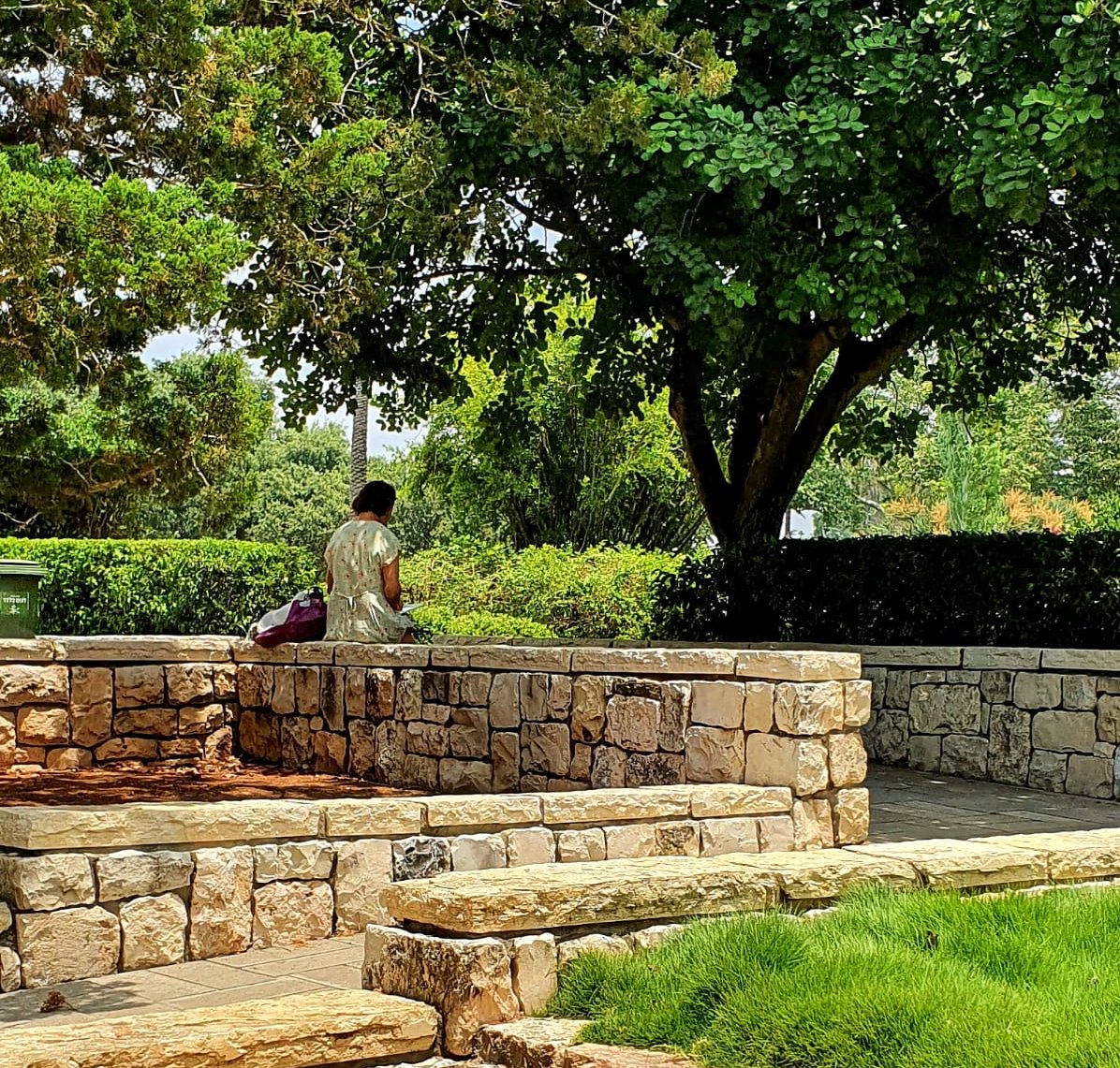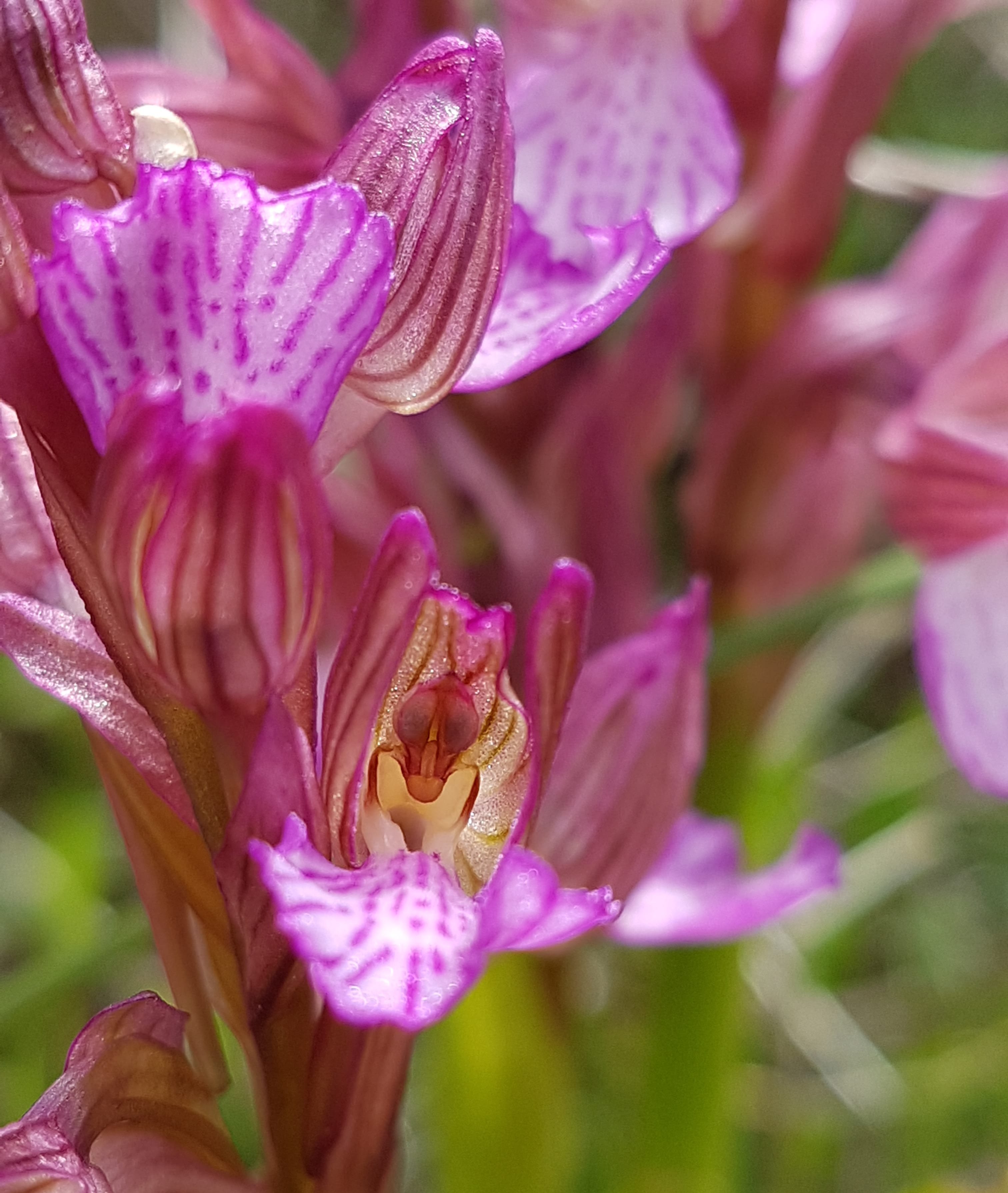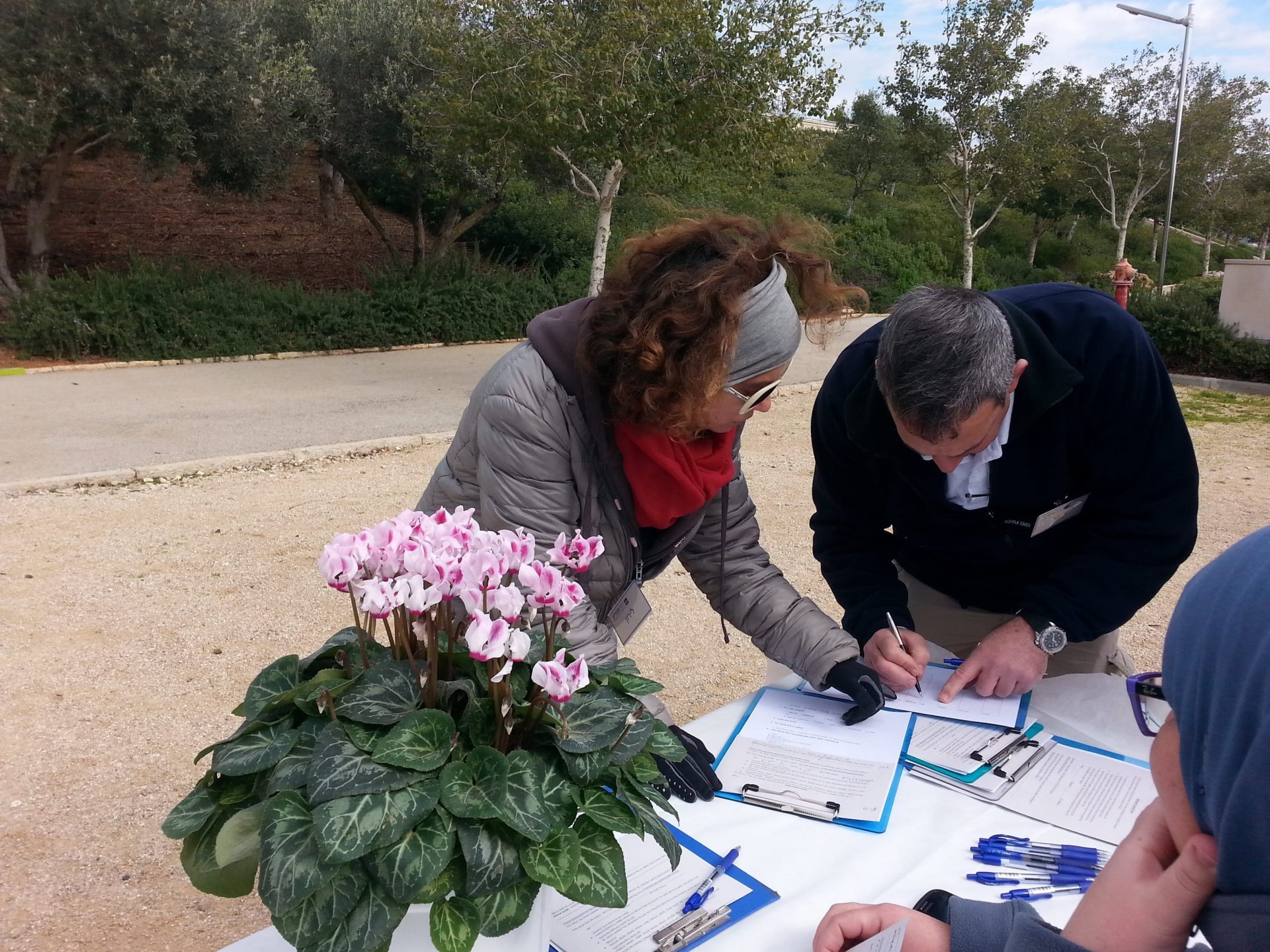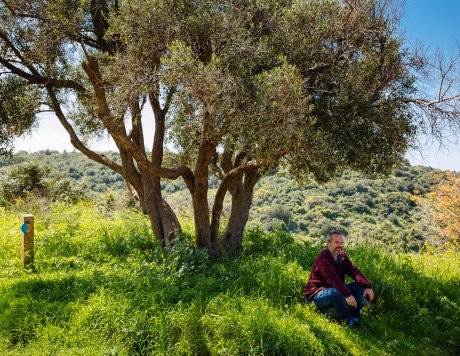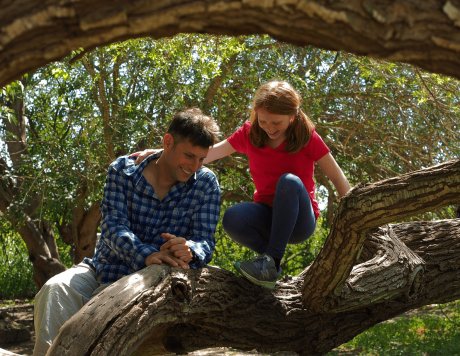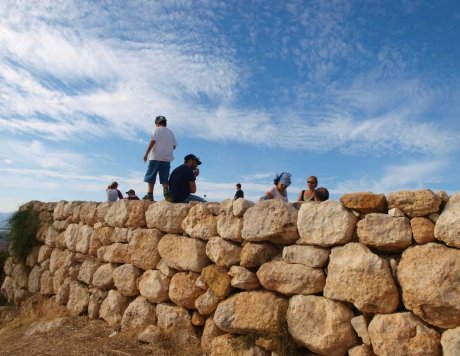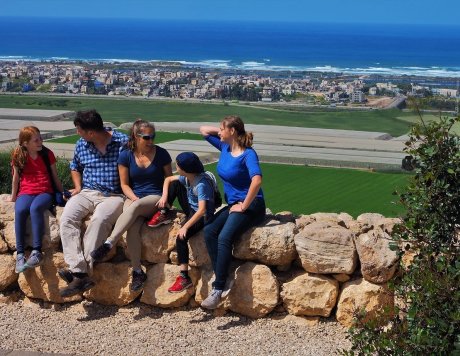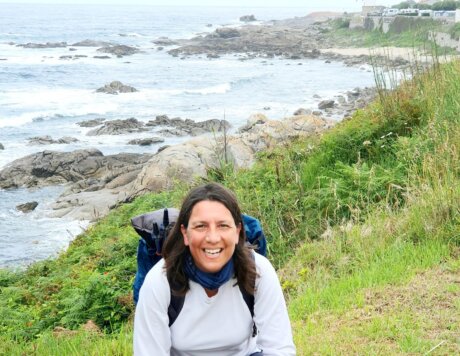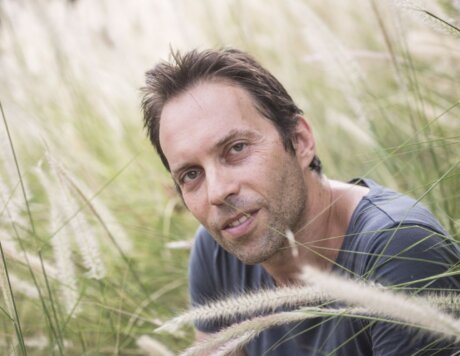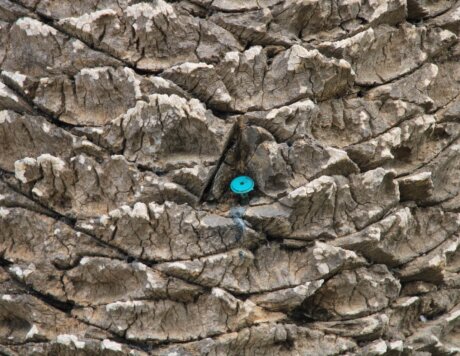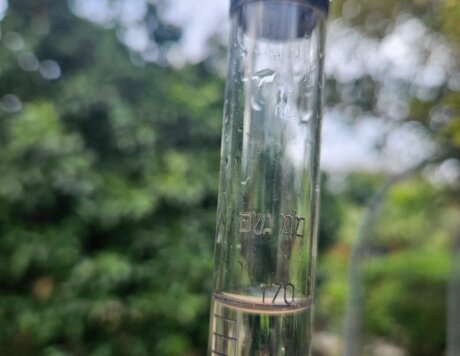Have you ever asked yourself why you go for hikes in nature? Most of us do this out of necessity or willingly. What is this necessity and can it be defined in words? And why exactly does the time we spend in nature cause us to feel one way or another?
The connection between humans and nature has been an interesting subject for literature, art and research from time immemorial. It has already been proven that spending time in natural landscapes contributes extensively to human health and positive wellbeing. In recent years, in the age of accelerated development, “reverse” research has also developed around the reduction in time spent in nature and its consequences.
Until the last few years, research at Ramat Hanadiv, which was initiated over 25 years ago, focused on nature as an ecosystem that humans are not a part of. Recently we have also begun to study humans and their interface with nature. ‘We realise more and more that understanding humans – that is, their behaviour, preferences and perceptions towards different types of nature, is no less important than understanding nature itself. We are examining the extent and nature of the connection of visitors to Ramat Hanadiv with the natural environment, aiming to understand how we can empower the nature experience in different ways’, says Liat Hadar, Head of Research at Ramat Hanadiv.


